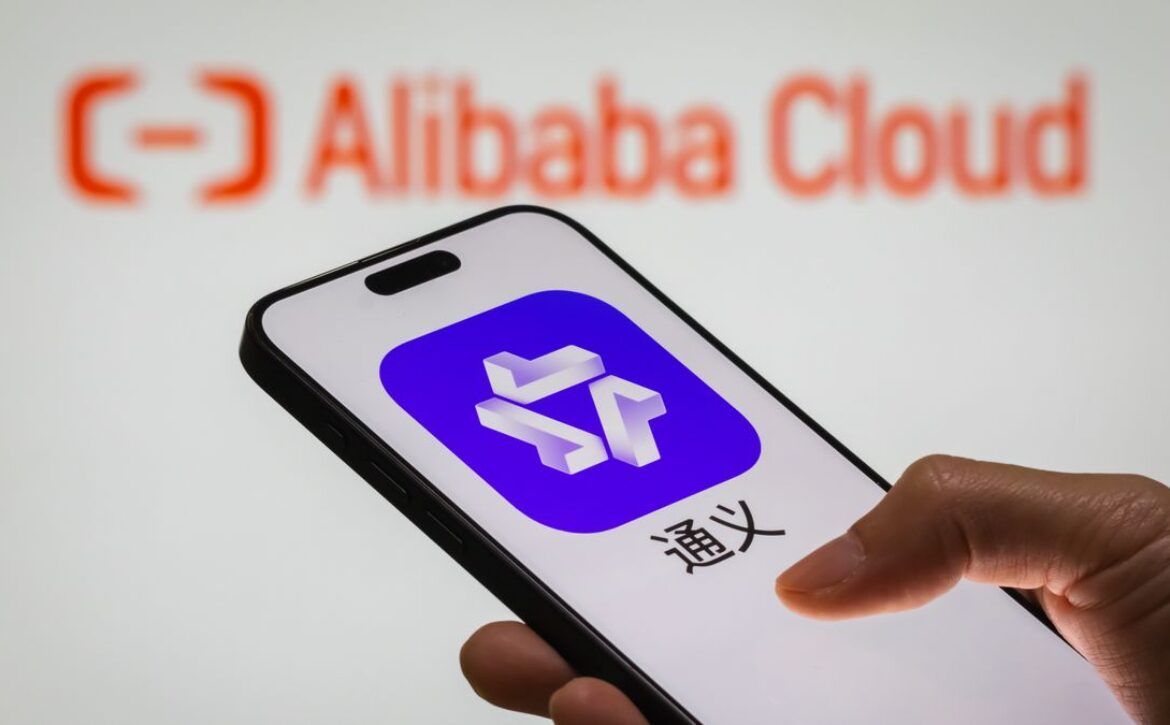
Why are Chinese Mobile Phones So Popular in India? Nine of the 10 Best-Sellers are Chinese Brands
Published:March 1, 2018
Reading Time:8 min read
Want to read in a language you're more familiar with?
The latest market research data show that among the top 10 best-selling smartphone brands in India in Q4 2017, all except Samsung are Chinese manufacturers, who...
The latest market research data show that among the top 10 best-selling smartphone brands in India in Q4 2017, all except Samsung are Chinese manufacturers, whose total market share exceeds 50 percent. A brief look into OPPO and Xiaomi stores in India, along with interviews with Indian consumers and business executives, shows why Chinese mobile phones are so popular in India.
 Xiaomi Public Relations Manager Shree Das said that Xiaomi opened its first physical store in South Delhi in August 2017. As business grew, Xiaomi opened more than 20 stores across India, and is hoping to reach 100 stores by the end of this year. Shree said that while Xiaomi mainly sells products online, brick and mortar stores enable Xiaomi fans to experience the latest products.
Xiaomi Public Relations Manager Shree Das said that Xiaomi opened its first physical store in South Delhi in August 2017. As business grew, Xiaomi opened more than 20 stores across India, and is hoping to reach 100 stores by the end of this year. Shree said that while Xiaomi mainly sells products online, brick and mortar stores enable Xiaomi fans to experience the latest products.
 OPPO Launches Limited Edition of Its Overseas Flagship F5 for Valentine’s Day[/caption]
OPPO is also continuously optimizing selfie features. Indian users do not like their skin color excessively whitened, preferring to maintain the original complexion when applying a beauty filter onto the photo. Many male users preferred to maintain a clear visual of their beard in selfie mode. Common beauty technology tried to reduce or filter out the bindi, the auspicious forehead mark proudly worn by many women in India. OPPO optimized selfie functions to satisfy these unique cultural specialties.
OPPO Launches Limited Edition of Its Overseas Flagship F5 for Valentine’s Day[/caption]
OPPO is also continuously optimizing selfie features. Indian users do not like their skin color excessively whitened, preferring to maintain the original complexion when applying a beauty filter onto the photo. Many male users preferred to maintain a clear visual of their beard in selfie mode. Common beauty technology tried to reduce or filter out the bindi, the auspicious forehead mark proudly worn by many women in India. OPPO optimized selfie functions to satisfy these unique cultural specialties.
SEE ALSO: Half of 124 Million Smartphones Sold in India 2017 are Chinese Brands
Customers Lined up to Buy Chinese Mobile Phones.
In South Delhi, India, tricycles, bicycles, rickshaws and cars crowd onto narrow roads. Pedestrians squeeze through what little room there is between cars amidst the cacophony of flaring horns and people shouting. In contrast, several billboards tower over the streets. Green OPPO graphics and blue Vivo advertisements add a touch of modernism to the street scene. A cell phone store called The Star is located in a basement. Its narrow doorway is packed with mobile ads of varying sizes. Its shopkeeper, Ganvani, enthusiastically told our reporter that there are 22 mobile phone brands in the store, of which 10 are Chinese brands.The third door to the left is an OPPO store. Six feet behind the counter is a huge advertisement. Shop assistant Al-Husseini told our reporter, “This is OPPO's first store in South Delhi. In 2014, when the store just opened, our monthly sales volume was about 10 phones. Now, the volume has reached 40 to 50 phones per month.”
Al-Husseini excitedly said that Indians love Chinese mobile phones. All of the staff at The Golden Dragon restaurant across the street bought OPPO mobile phones, as did as their families. He even ushered our reporter to the restaurant to verify this statement. Another OPPO store in Nehru Place five miles away was much more stylish. The store was bright and spacious, covering more than 1,300 square feet, and crowded with customers. Our reporter noted that about 30 customers entered the shop within 15 minutes. The store manager, Silleman, told the reporter that the store opened in April 2017. In less than a year, the monthly sales doubled. Electrical engineer Gupta was browsing for a mobile phone for his wife. He said, “My wife likes to take selfies and OPPO is known for taking good selfies.” In addition to its front camera, the phone supports facial recognition unlock. The convenient unlocking method surprised Gupta, who immediately decided to purchase it. Inside the Xiaomi mobile phone store on the second floor of the Ambience Mall just southwest of New Delhi, there was another swarm of customers. People were waiting in long lines to buy mobile phones. Surprised at the scene, our reporter learned from the store owner that it was payday and people want to buy their own phones when they have money. An Indian soldier in the store told the reporter that he was very fond of Xiaomi mobile phones for their quality and affordability. Xiaomi Public Relations Manager Shree Das said that Xiaomi opened its first physical store in South Delhi in August 2017. As business grew, Xiaomi opened more than 20 stores across India, and is hoping to reach 100 stores by the end of this year. Shree said that while Xiaomi mainly sells products online, brick and mortar stores enable Xiaomi fans to experience the latest products.
Xiaomi Public Relations Manager Shree Das said that Xiaomi opened its first physical store in South Delhi in August 2017. As business grew, Xiaomi opened more than 20 stores across India, and is hoping to reach 100 stores by the end of this year. Shree said that while Xiaomi mainly sells products online, brick and mortar stores enable Xiaomi fans to experience the latest products.
Localization Strategy Based on Consumer Demand
Chinese mobile phone manufacturers are able to develop at such a rapid pace in India due to cost-effective advantages and localization strategies. OPPO first entered India without a clear understanding of India's mobile phone market. OPPO simply sold the exact same products that they sell in China, resulting in unsatisfactory customer feedback. Li Bingzhong, OPPO vice president and overseas mobile phone business department head, said that OPPO worked with Nielsen and other research institutions to survey the Indian market. They held focus groups with young Indian consumers and conducted door-to-door surveys. They learned that young Indian people are very fond of taking pictures, especially selfies, which became an opportunity for market entry. In 2016, OPPO launched a flagship mobile phone with excellent front-facing camera functionality in India. This flagship phone was well-received by the market, leading the Indian selfie trend. Other mobile phone brands in India followed lead and introduced similar phones. OPPO has since launched three generations of its “selfie phone” series, and is continuously consolidating its leading position in the field of selfies. [caption id="attachment_4488" align="aligncenter" width="720"] OPPO Launches Limited Edition of Its Overseas Flagship F5 for Valentine’s Day[/caption]
OPPO is also continuously optimizing selfie features. Indian users do not like their skin color excessively whitened, preferring to maintain the original complexion when applying a beauty filter onto the photo. Many male users preferred to maintain a clear visual of their beard in selfie mode. Common beauty technology tried to reduce or filter out the bindi, the auspicious forehead mark proudly worn by many women in India. OPPO optimized selfie functions to satisfy these unique cultural specialties.
OPPO Launches Limited Edition of Its Overseas Flagship F5 for Valentine’s Day[/caption]
OPPO is also continuously optimizing selfie features. Indian users do not like their skin color excessively whitened, preferring to maintain the original complexion when applying a beauty filter onto the photo. Many male users preferred to maintain a clear visual of their beard in selfie mode. Common beauty technology tried to reduce or filter out the bindi, the auspicious forehead mark proudly worn by many women in India. OPPO optimized selfie functions to satisfy these unique cultural specialties.
SEE ALSO: Xiaomi Overtakes Samsung as India’s Largest Smartphone Maker in Q4, 2017
Similarly, Xiaomi also optimized its products for the Indian market. Wang Xiang, senior vice president of Xiaomi Strategic Cooperation, said that they had designed a unique operating system for India equipped with Indian Railway card and other convenient features. Xiaomi also designed a special charger to prevent problems caused by unstable electric currents. Since India's climate is very hot, Xiaomi phones applied a special coating to prevent them from overheating. Since Indians love watching movies, Xiaomi phones offer a dedicated, separate storage expansion card slot on top of a dual-SIM functionality. SEE ALSO: OPPO to Invest 2.2B Yuan to Build Factory in India In light of Indian Prime Minister Narendra Modi's advocating for "Made in India" and rise in tariffs on imported mobile phones, Xiaomi and OPPO set up factories in India. According to Li Bingzhong, OPPO has built an assembly plant in Noida, a city in India’s northern state of Uttar Pradesh. The plant assembles 10 million phones per year and created more than 4,000 local jobs. The second phase of the plant is now under construction, and will soon be put into production. OPPO has reached an agreement with the local government to construct an industrial park. Today, all OPPO products sold in India are produced locally. Manu Kumar Jain, managing director of Xiaomi India, said that as of now Xiaomi has established three factories. The second factory, established in March 2017, employs more than 6,000 people in 100 local villages, and more than 90 percent of the employees are women. Currently, more than 95 percent of the Xiaomi products sold in India are made locally.




